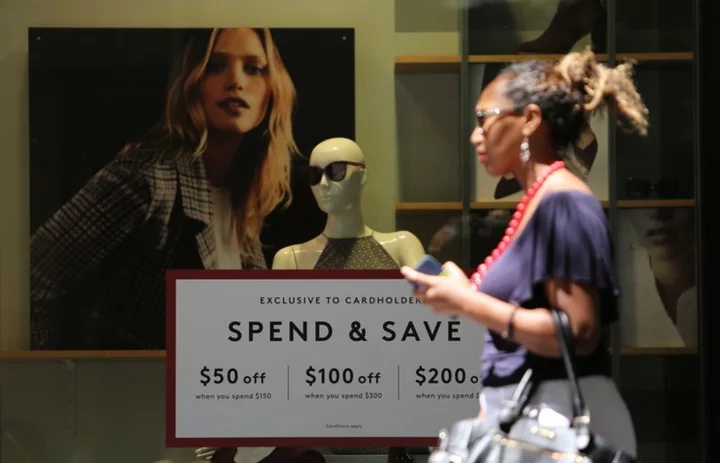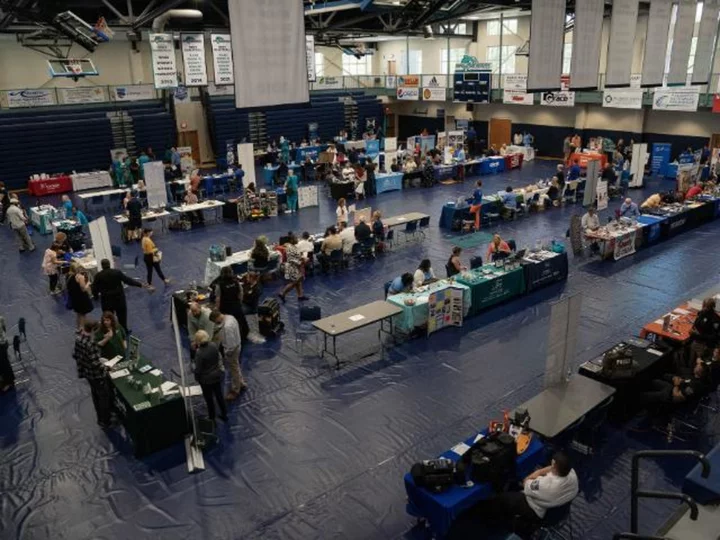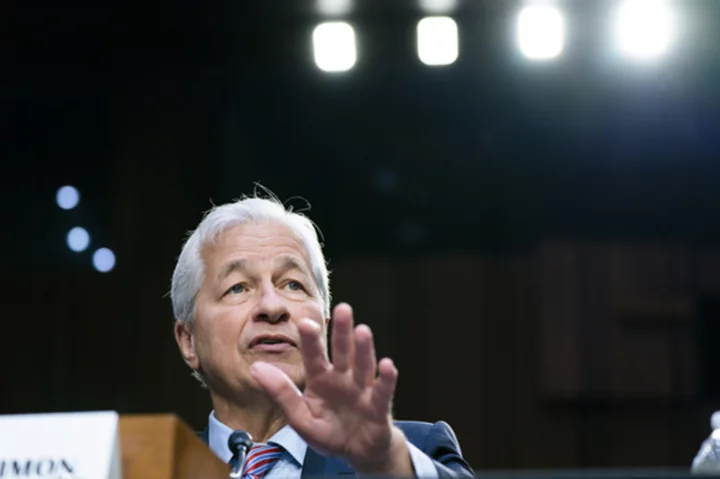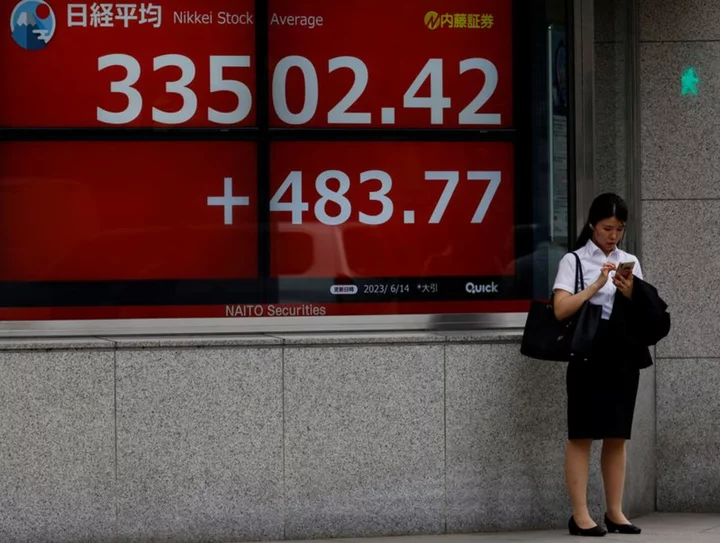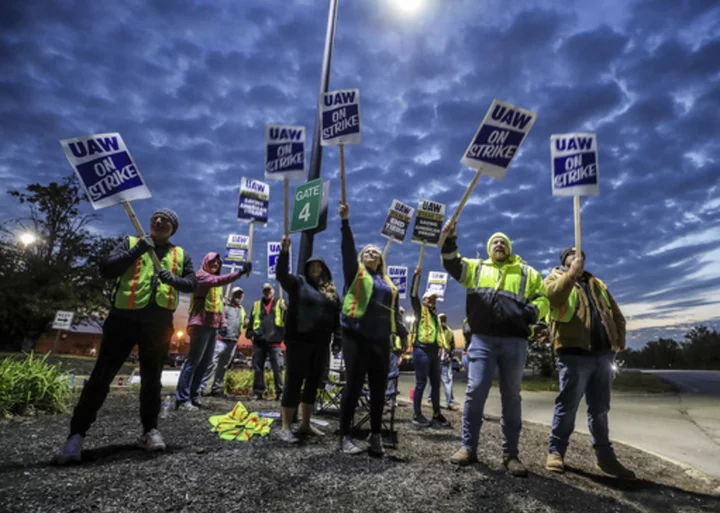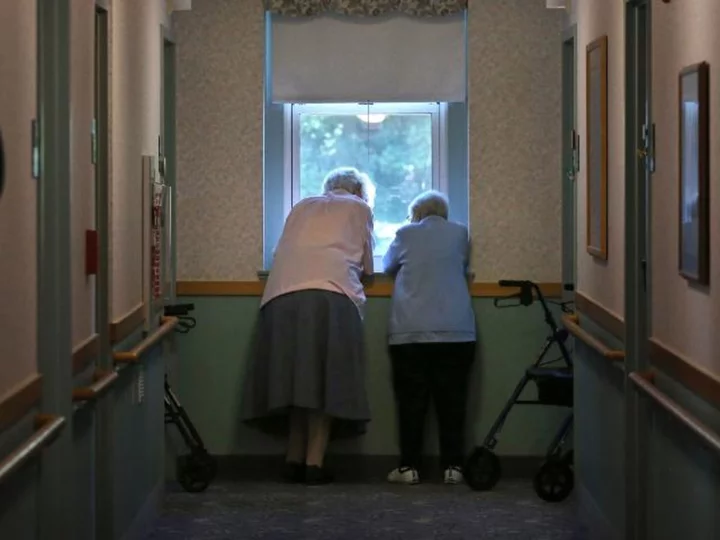By Stella Qiu
SYDNEY Australian retail sales rose modestly in August as consumers continued to cut back on spending in the face of elevated living expenses and high borrowing costs, signalling interest rates may not have to rise further.
Data from the Australian Bureau of Statistics (ABS) on Thursday showed nominal retail sales rose 0.2% in August from July, missing analysts' forecast of a 0.3% gain.
Sales of A$35.4 billion ($22.56 billion) were up just 1.5% from a year earlier, the lowest gain in percentage terms since August 2021.
The 2023 FIFA Women's World Cup boosted sales during the month, with strong demand for fan gear and increased spending across cafes, restaurants and takeaway food outlets.
Food retailing and household goods, however, recorded falls of 0.3% and 0.4% respectively.
The overall sluggish trend in consumer spending is one reason the Reserve Bank of Australia has paused its rate hikes for three consecutive months and is widely expected to leave rates unchanged at 4.1% again in October.
"Considering how high inflation and strong population growth has added to retail turnover in the past year, the historically low trend growth highlights just how much consumers have pulled back in response to cost-of-living pressures," said Ben Dorber, ABS head of retail statistics.
The rate hikes so far - a jump of 400 basis points since May 2022 - have added hundreds of dollars to average monthly mortgage repayments and weighed on consumer spending, which had been resilient at first thanks in part to savings amassed during the pandemic.
But the tightening has had an uneven impact on households.
Data from Commonwealth Bank of Australia showed that younger Australians who are renting or have mortgages are cutting back on purchases, while older Australian who benefit from higher savings rates are still spending.
($1 = 1.5694 Australian dollars)
(Reporting by Stella Qiu; Editing by Tom Hogue and Jamie Freed)

